Sustainability
COMMUNITIES | SUSTAINABILITY
Fishing for future generations
Western Australia is regarded as having the most sustainable and best-managed fisheries in the world, aimed at preserving our pristine oceans and fresh fish for generations to come.
We are also blessed with a population of less than three million living in a state the size of Western Europe. With an absence of heavy industry along our waterways, our oceans, rivers and lakes are relatively pollution-free.
Isolation from the world’s population centres and stringent border controls have allowed Western Australia to keep out many of the diseases that plague other states and countries, ensuring our endemic varieties are well-protected.
Managing the fisheries
Commercial fishing is now as much a science as an occupation.
Commercial fisheries are heavily based on science, which is gathered every time a fisher drops a line, sets a pot or casts a net.
Catch volumes, catch effort, catch variety, locations and times are all recorded and shared across a number of government agencies, including the Department of Primary Industries and Regional Development (DPIRD), which track the information and cross-check against their own research to ensure the fisheries are sustainable and not at risk.
Each fishery has a seasonal catch limit which varies depending upon stock levels and regular monitoring testing by DPIRD’s fisheries scientists. The research is reported every year in the status reports of the fisheries and aquatic resources of Western Australia, which currently shows that 97 percent of the State’s fisheries are currently not at risk. With the uncertainties of a constantly changing natural environment, this is likely to be as close to 100 percent as it is possible to achieve.
With WA’s rigorous and considered management alongside innovative research and development, the vast majority of fisheries maintain healthy, or growing, seafood populations.
Fishery Bioregions
Western Australia’s fisheries are divided into four bioregions, The North Coast Bioregion, Gascoyne Bioregion, West Coast Bioregion and the South Coast Bioregion.
In addition, the Commonwealth manages waters which are more than three kilometres off the State’s shoreline. The Patagonian Toothfish and Swordfish and Tuna fisheries are managed for the Commonwealth Government by the Australian Fisheries Management Authority.
Each bioregion has its own distinct managed fisheries and its own unique fishing quotas and regulations to ensure they can be accurately monitored and managed based on local conditions.
Marine Stewardship Council certification (MSC)
As seafood consumers become more environmentally aware they are increasingly looking to ethical and sustainable sources for their foods. They want to know the provenance of their seafood choices to ensure they are supporting sustainable fisheries and quality suppliers.
Marine Stewardship Council (MSC) is the global gold standard for tracking where seafoods are sourced, how they are caught and confirming that the source is sustainable and well managed.
Western Australia is a world leader in the adoption of MSC certification, with 10 of its fisheries now certified by the seafood watchdog – more than any other State in the world – so consumers can be guaranteed they are getting the best quality from the most reliable and sustainable resources.
